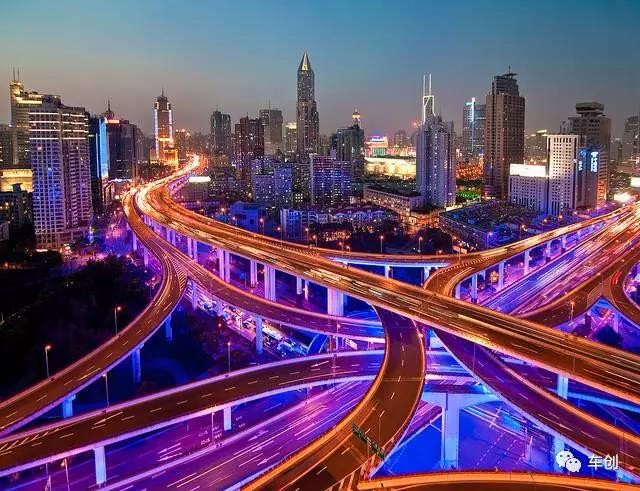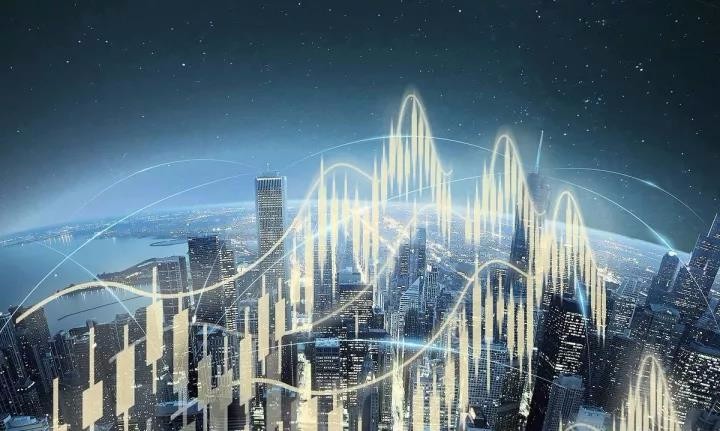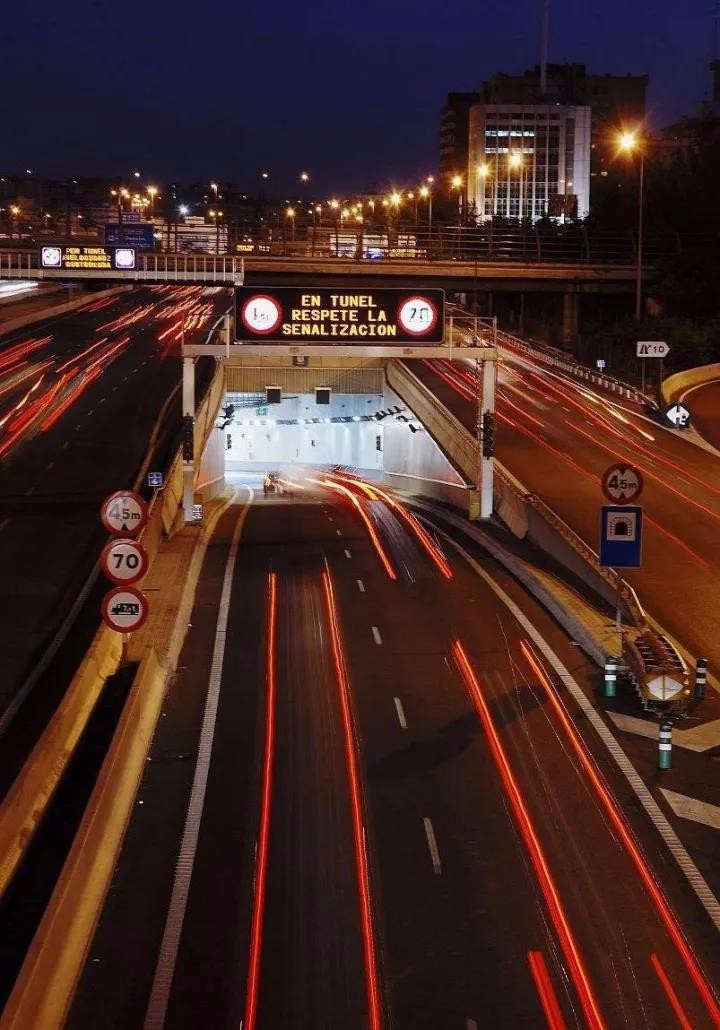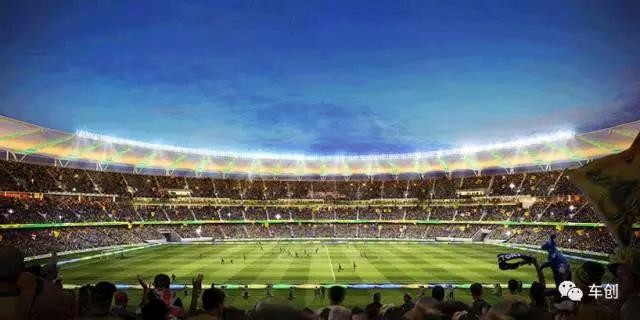In the field of intelligent city innovation, most examples are not so unfamiliar to ordinary residents. For example, an interconnected trash can, a traffic light or a parking meter, will not cause the applause and worship of the municipal officials, at least at the beginning. But as more and more local systems begin to interconnect, it will start to become more meaningful and improve the satisfaction of consumers, at least until residents forget their lives before they exist.

I interviewed the tourism industry solutions and analytical solutions and the marketing director Peeter Kivestu of the Consultation Service Co Teradata. Kivestu believes that most of the focus is focused on connecting "things" rather than internal data. According to Kivestu, the value of data will increase with the use: "if you have data and use it, its value will increase, especially if you plan, integrate it, or purposefully use it."
He believes that the city has a chance to accept a platform business model, in which the city can provide a certain degree of connection on the basis of its data. What's inherent is what he calls intelligent data exchange. This is a new asset. It makes the city develop into a new way to provide value for its citizens, so that the city can achieve this in obtaining social and economic interests.
Most of the intelligent data in the city are isolated and dispersed.

According to Kivestu, "the city is working when all the systems are working together, and when all people benefit in some way. However, when the system is disconnected or part of the population is "disconnected" and can not benefit, the city will have a dysfunctional. The city is a system system. Yes, the system itself is a physical connection. So there are freeways, energy systems, buildings and urban services, which are happily coexist in the real world, but in terms of numbers, they have no connection at all.
Kivestu provides an example of watching a football match at a local stadium, taking into account the capacity of the stadium around the stadium.
"I'm going to drive the car to the local parking lot, stop there, and then take the bus. This is a reasonable thing, and I can do this in the real world. In numbers, I can know when the bus leaves, when to start, and so on. But I really don't know about the parking lot. So when I drove to the parking lot, I found the parking lot was full, and then I missed the bus, and finally I missed the football game.
The developing technology and shared data will increase the innovation opportunities in this field. For example, the smart application JustPark, which can not only guide you into the stadium, but also can guide you to find a seat. The intelligent stadium can also benefit the staff and officials through accurate real-time data, such as the number of people on the scene and their location, the available tools in emergency situations, and how to find missing children's tools. Intelligent monitoring can also be used to provide safe evacuation information, such as in an emergency direction, and can be coordinated with weather and traffic information outside the stadium. This means that fans can happily master the fastest route and go home.
Connecting commercial and public infrastructure
However, to achieve this outside the business field, such as an intelligent stadium, it is necessary to connect the data to the entire city and the commercial infrastructure. As Kivestu explains:
"In many cases, we have data, but it is in a data island, because it is built for different purposes. For example, a variable speed limit for a freeway setting. If there is a block on the front highway, the variable speed sign shows a lower speed and can warn the driver before traffic congestion.
However, the data of these two systems, which collect road congestion and determine the speed of the road on the road, are in two different environments. So if someone asks a question, "is the speed limit speed limit effective?" Then, then they will find it hard to answer this question without knowing that it works in two different systems. Then, in the process of data collection, you will find that the data is measured in different units, such as the possible speed limit is in road mileage mark, and highway speed data is otherwise referenced, so from the point of view of data, it is difficult to compare."

Good data are open data set according to local conditions to meet the needs
One component of the concept of shared data repositories is open data, and many cities, including Losangeles, Barcelona and New York, accept this concept. Many cities are opening their data to businesses, universities and citizens so that they can get a deep understanding of the reality of life in the city. Every guy who wants to make an application related to it will take a long time if they have to build their own data system. "

Finally, Kivestu believes that every city needs to determine which data is the most basic to their city life.
"This may be the best way for sustainable development, greenhouse gases, and distribution of electric car charging stations, or where to build. The development of electric cars means that it is reasonable to connect the data of the car to the grid. You want to provide information to developers and do the right things that we encourage them to do. A smart city needs to make a better life in the city, especially on the basis of the aging of the population.


